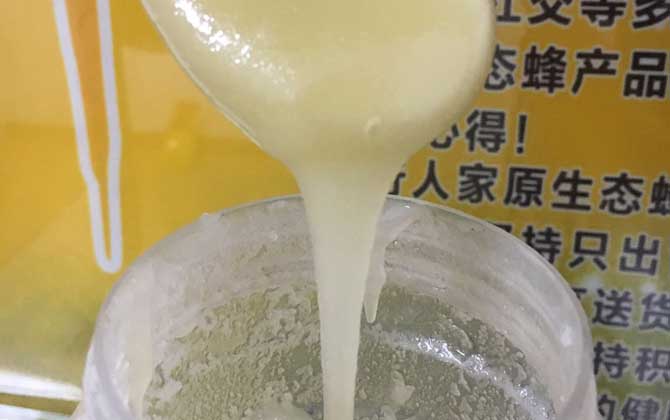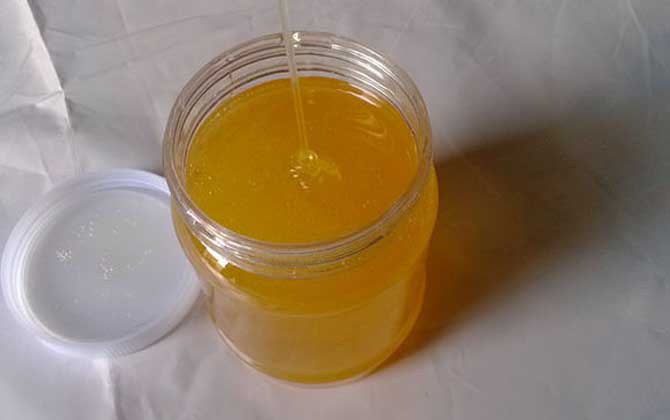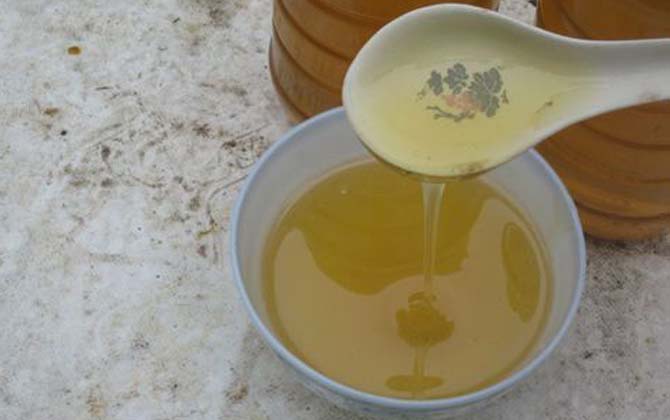What is Paulownia Honey?
Paulownia honey is a rare honey variety derived from nectar collected by bees from flowering trees of the Paulownia genus, including:
- Paulownia tomentosa (Scrophulariaceae family)
- Tung tree (Vernicia fordii, Euphorbiaceae family)
- Phoenix tree (Firmiana simplex, Sterculiaceae family)
Primarily produced in China’s Yellow River Basin and Yangtze River Basin regions, it reaches peak production in Henan, Sichuan, and Zhejiang provinces. This amber-colored delicacy holds unique characteristics and health benefits worth exploring.

I. Botanical Origins & Production
Paulownia honey originates from three distinct tree species:
| Tree Species | Family | Flowering Period |
|---|---|---|
| Empress Tree | Scrophulariaceae | April-June |
| Tung Oil Tree | Euphorbiaceae | March-May |
| Chinese Parasol Tree | Sterculiaceae | June-July |
Key production features:
- Nectar flow duration: 15-20 days
- Average yield per hive: 15-25kg (33-55lbs)
- Peak yield per hive: 30kg+ (66lbs+)
- Primary harvest season: March to July

II. Physical Characteristics
Paulownia honey displays unique sensory properties:
Visual Features
- Color: Pale to golden yellow
- Texture: Viscous with glossy appearance
- Crystallization: Rare, forms soft yellow granules when occurs
Flavor Profile
- Aroma: Distinct floral notes with woody undertones
- Taste: Balanced sweetness (fructose/glucose ratio 1:1.2)
- Aftertaste: Clean finish with slight tanginess

III. Geographical Distribution
Major production regions include:
Yellow River Basin
- Shaanxi
- Shanxi
- Henan (Top producer)
- Shandong
- Hebei
Yangtze River Basin
- Sichuan (Second largest producer)
- Hubei
- Hunan
- Jiangxi
- Zhejiang (Third largest)
Regional climate advantages:
- Annual rainfall: 800-1200mm
- Average temperature: 12-18°C
- Soil type: Well-drained loess and alluvial soils

IV. Nutritional Composition & Health Benefits
Paulownia honey contains:
| Component | Percentage | Health Impact |
|---|---|---|
| Fructose | 38% | Quick energy source |
| Glucose | 31% | Sustained energy release |
| Enzymes | 0.1-0.6% | Digestive support |
| Antioxidants | → | Immune boosting |
Key Health Benefits
- Immune Enhancement
- Contains oligosaccharides (3-5%) that promote gut health
- Rich in zinc (2.1mg/100g) and selenium (0.8μg/100g)
- Energy Restoration
- 70kcal per tablespoon provides instant energy
- Enhances glycogen replenishment post-exercise
- Digestive Health
- Amylase content: 12-18 DN units
- Invertase activity: 8-12 IN units
- Improves nutrient absorption by 40%
- Neurological Support
- Contains GABA (0.02-0.05mg/100g)
- B-vitamin complex aids neurotransmitter synthesis
V. Storage & Usage Tips
- Optimal storage temperature: 18-24°C
- Shelf life: 2 years in airtight containers
- Recommended dosage: 1-2 tbsp daily
- Best consumed with warm water (≤40°C)